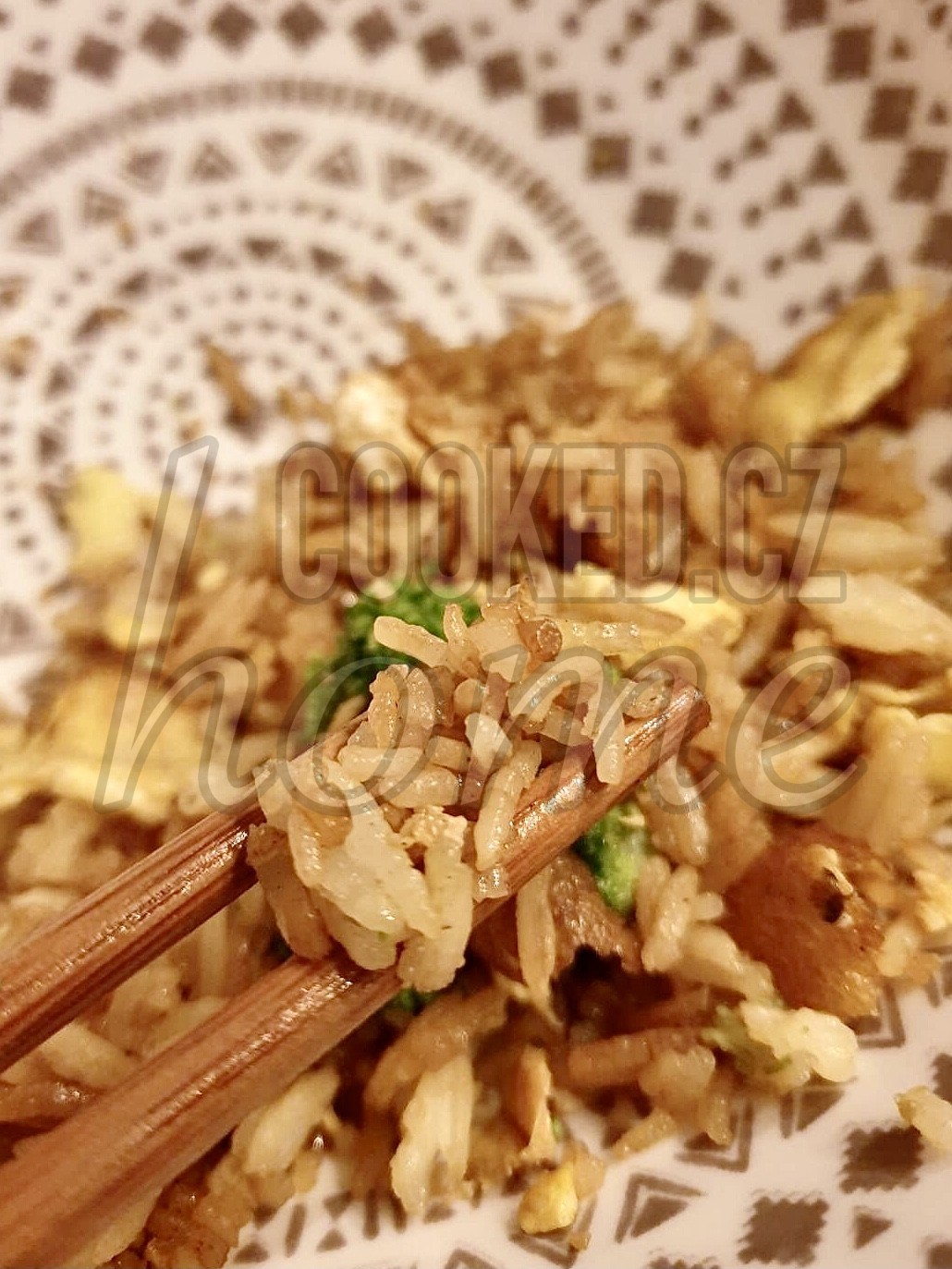
The history of egg fried rice is not entirely clear. Fried rice itself is a dish that originated in China, and it is believed that egg fried rice may have originated there as well. One theory suggests that fried rice was first created during the Sui dynasty in China (581-618 AD), while others believe it may have originated during the Song dynasty (960-1279 AD). It is said that fried rice became particularly popular during the Ming dynasty (1368-1644 AD), when it was served as a breakfast dish. Over time, the dish spread to other parts of Asia and beyond, and variations of it have been developed in different regions and cultures.
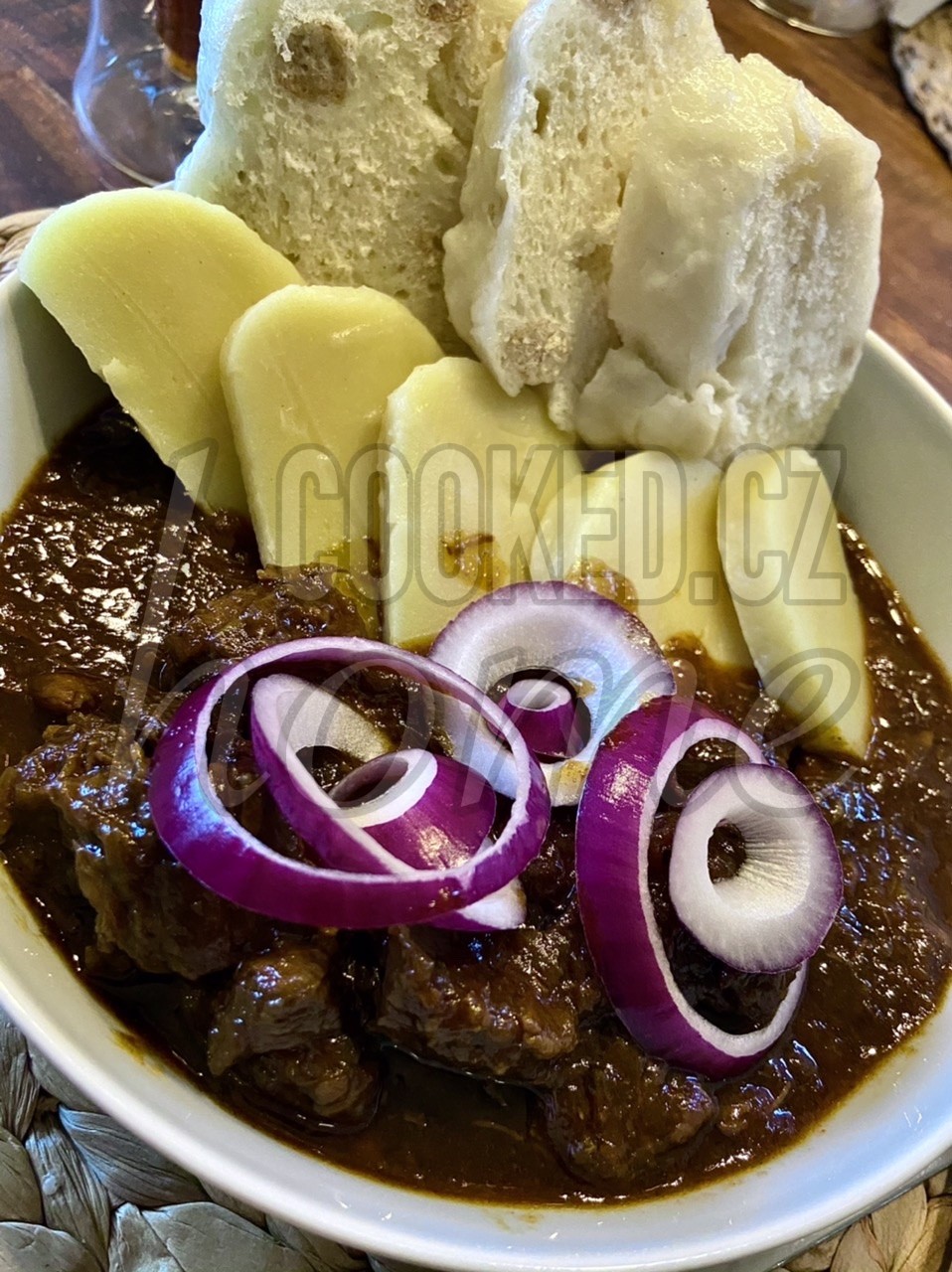
Czech black beer goulash is a traditional Czech dish that has been around for centuries. It is a hearty stew made with beef, vegetables, and dark beer. The use of dark beer in goulash is unique to Czech cuisine, and it gives the dish a rich, robust flavor. The dish is typically served with bread dumplings or boiled potatoes, and it is a popular meal during the colder months. The history of Czech black beer goulash is closely tied to the history of beer brewing in the Czech Republic, which has a long and rich tradition dating back to the Middle Ages. Czech black beer goulash has its roots in the medieval kitchens of Bohemia, which is now the western part of the Czech Republic. In those days, goulash was a staple dish for the working class, as it was filling, flavorful, and could be made with relatively cheap ingredients such as beef, vegetables, and beer. Over time, the dish evolved and became a popular meal for all classes of society. In the 19th century, the use of dark beer in goulash became more widespread, and the dish became known as Czech black beer goulash. The addition of dark beer was inspired by the traditional Bohemian style of brewing, which favored dark, full-bodied beers. The use of dark beer in goulash not only added flavor but also helped to tenderize the beef and bring out the flavors of the other ingredients.
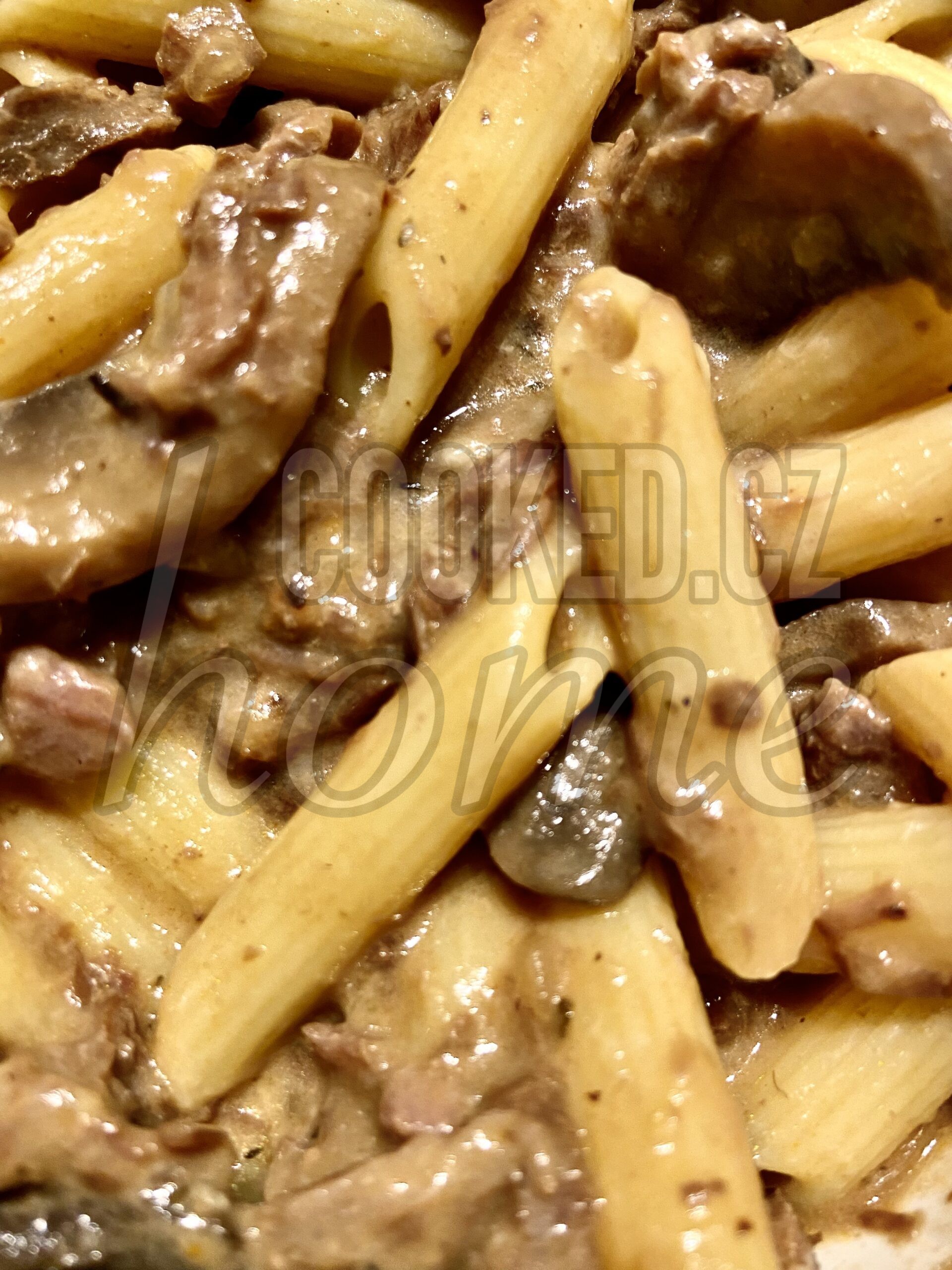
Beef Stroganoff is a classic Russian dish made with sautéed beef and sour cream sauce. The origins of Beef Stroganoff are not entirely clear, but it is believed to have been created in the mid-19th century by a chef in the service of the Stroganoff family, a wealthy Russian family with strong ties to the Imperial Court. The original recipe for Beef Stroganoff featured thin strips of beef, sautéed in butter and served in a rich sour cream sauce. Over time, the recipe evolved to include other ingredients such as mushrooms, onions, and mustard. It became popular in Russia and other parts of Europe, and eventually made its way to the United States, where it became a popular dish in the mid-20th century.

The French baguette have originated in the 19th century, when bakers in Paris began producing loaves that were thin and crisp, with a light, airy interior. The popularity of these loaves quickly spread, and the French baguette became a staple food in France and a symbol of French culture. The baguette was originally made using a traditional French bread dough that was leavened with wild yeast and baked in a wood-fired oven. The long, thin shape of the loaf was ideal for slicing and serving with a variety of dishes, and its crisp crust and light, airy interior made it a popular choice for breakfast or as a snack.
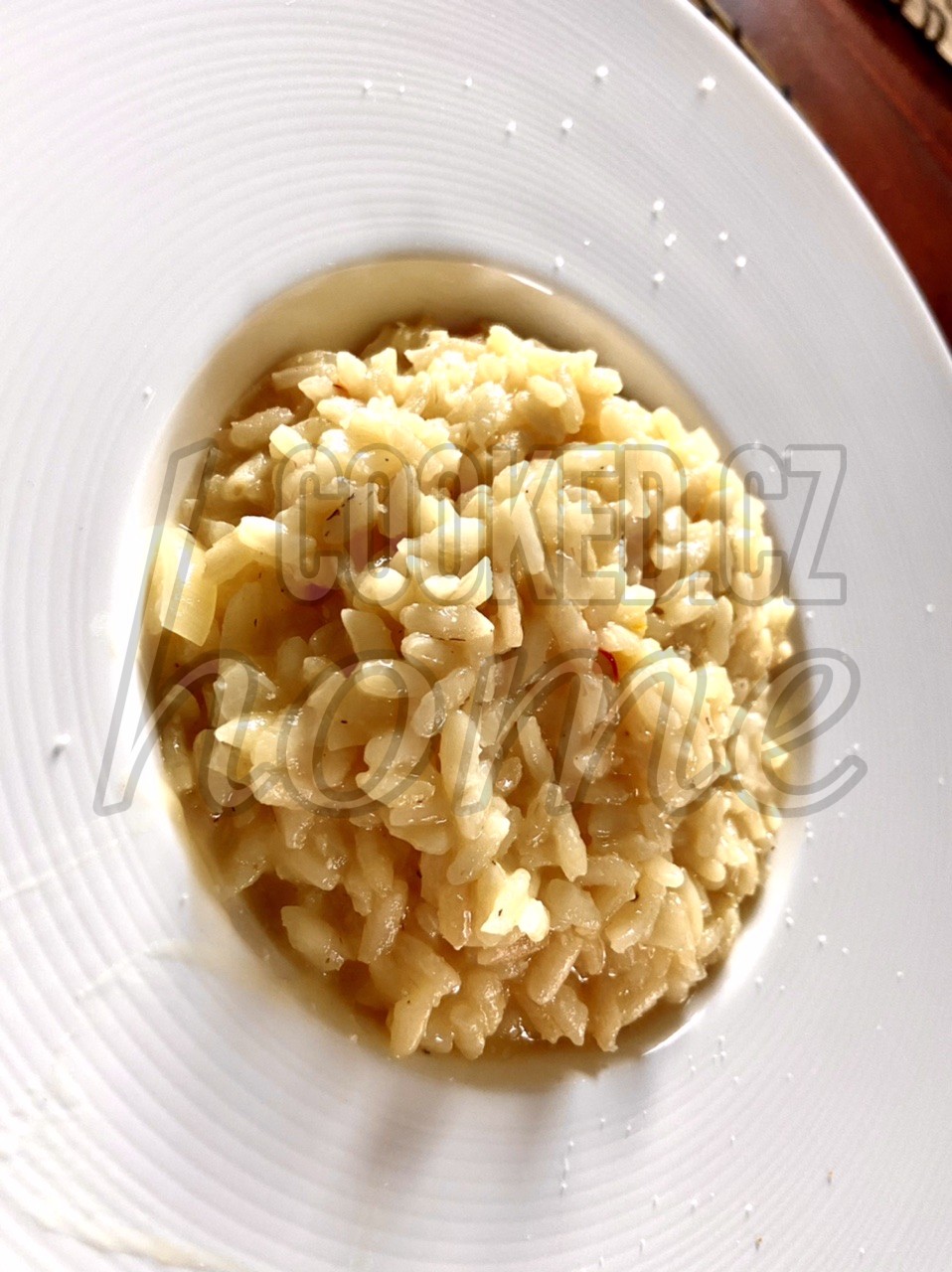
Risotto Milanese is a classic Italian dish that originated in Milan, Italy. It is a creamy and comforting rice dish that is flavored with saffron, a spice that gives the dish its distinctive yellow color. The dish is said to have originated in the 16th century, when saffron was first introduced to Milan and became a popular ingredient in local cuisine. The first recorded recipe for Risotto Milanese appeared in a cookbook from 1679, which described the dish as a mixture of rice, broth, and saffron. Over time, other ingredients such as onions, cheese, and wine were added to the dish to enhance its flavor. Risotto Milanese became a popular dish in Milan, and soon spread to other regions of Italy.

Slovak potato dumplings, also known as halušky, are a traditional dish in Slovakia. The history of halušky can be traced back to the medieval period when potatoes were introduced to Europe. Dumplings made from potatoes and flour were a common food for rural populations and were often served as a hearty and filling meal. In Slovakia, halušky became especially popular in the 19th century and have since become a staple dish in Slovak cuisine. They are typically served with a variety of toppings such as fried bacon, sheep cheese, and sour cream. Halušky are also a popular dish for special occasions and celebrations, and are often served at family gatherings, holidays, and festivals.

Focaccia bread is a type of flatbread that is believed to have originated in ancient Rome, with variations in ingredients, shapes, and toppings. The word focaccia comes from the Latin word “focus” which means “fireplace” in reference to the way the bread was traditionally cooked. The traditional focaccia is from Liguria, a region in northwest Italy, known as Focaccia Genovese, characterized by its soft and fluffy texture, and seasoned with olive oil and salt.
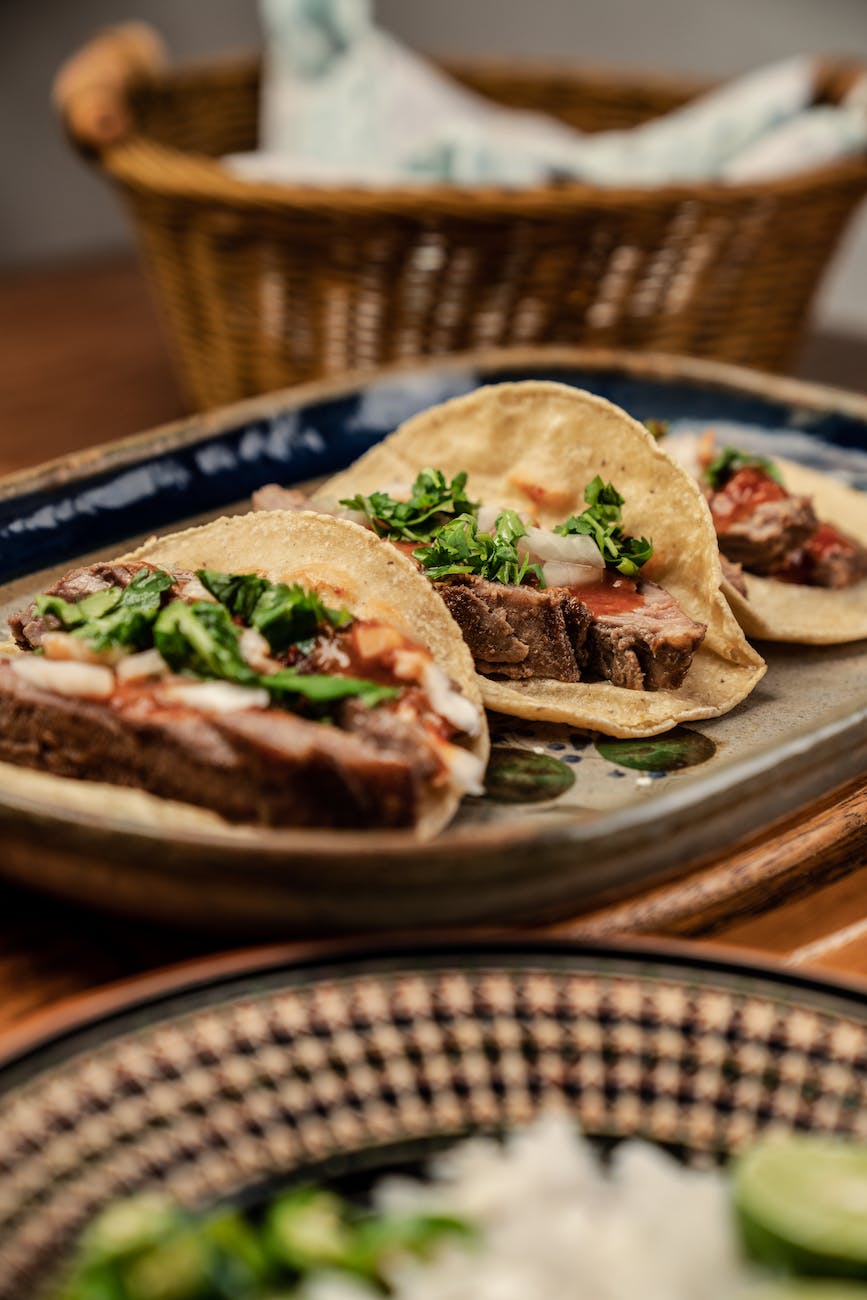
Invention of corn flat bread is ancient and dates back to the Olmec culture back in 1,500 BC into Aztec empire. The word “taco” is however very new, it originates from Mexican silver miners in the 18th century. Gunpowder was wrapped in a paper like a “taquito” and inserted into rocks before detonation. By this time, tacos were known as the food of the working class, which included miners. This resulted in their portable street food being called “tacos de minero“, also known as “miner’s tacos”. It was a corn tortilla with a spicy filling consisting of cheap offcuts and organs. This daily staple was filling, delicious, and affordable.
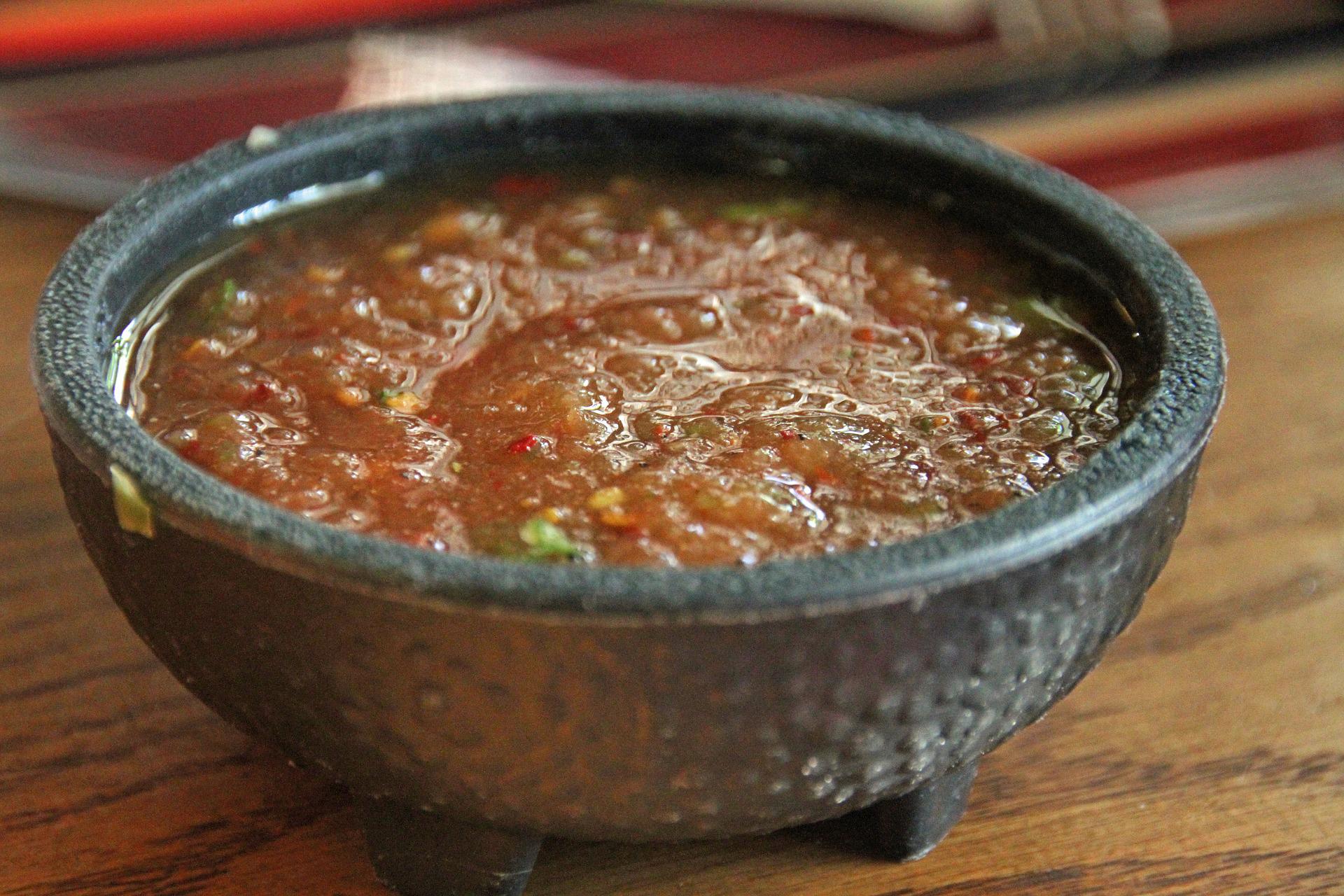
Salsa is traced back to the times of the Aztecs, Incas, and Mayans. The native people created their own versions of salsa using tomatoes, chilies, and squash seeds, however “official discovery” to the rest of the world did not occur until after the Spaniards conquered Mexico in the 1500s. This mix of ingredients became popular throughout Spanish civilization, and in 1571, Alonso de Molina named the dish salsa.

You can make this with white bread, baguette or any other slice of bread. Even stale bread will do well as it get reheated in oven.









